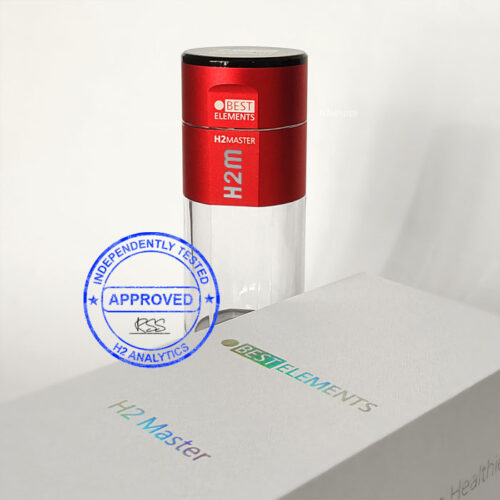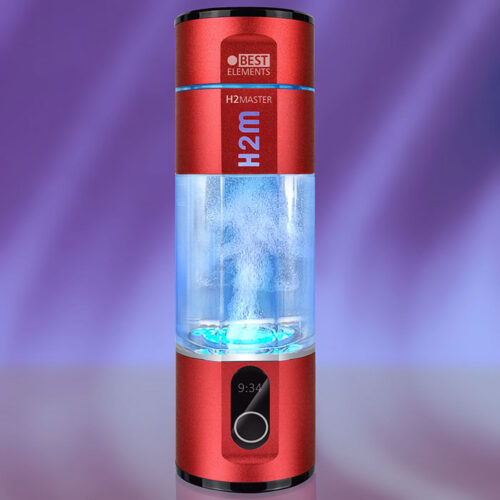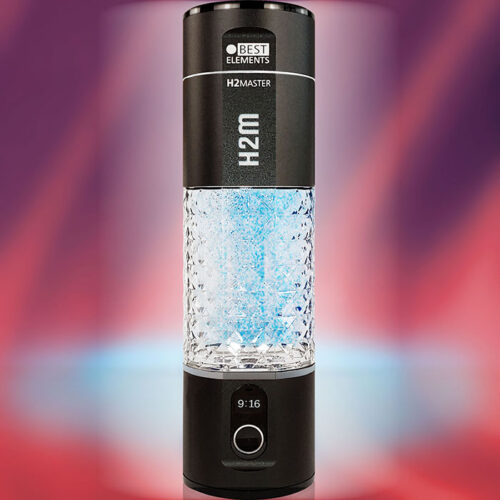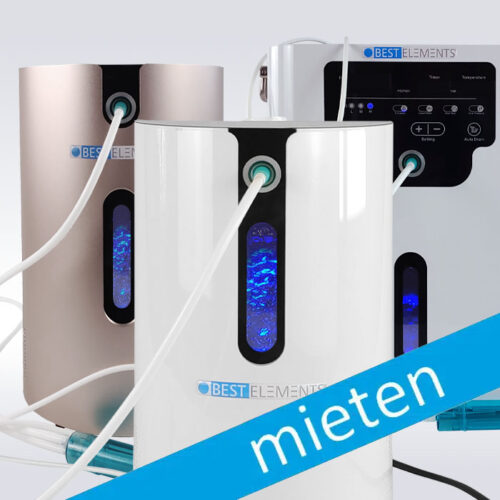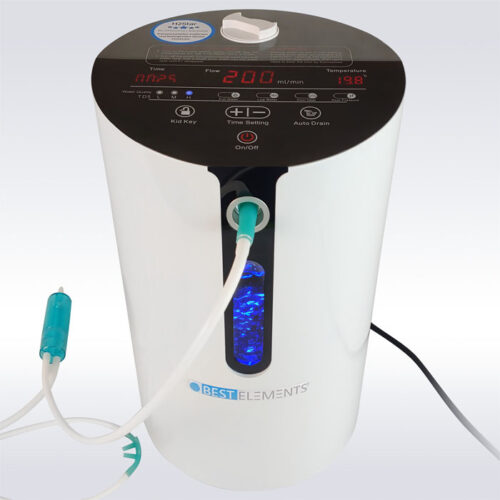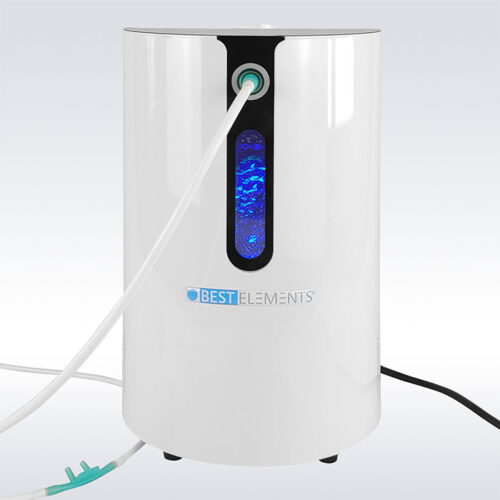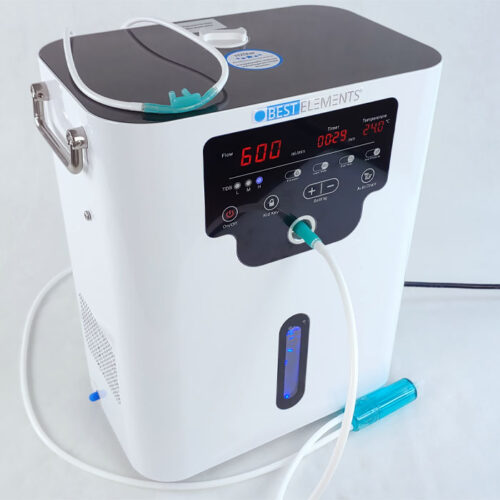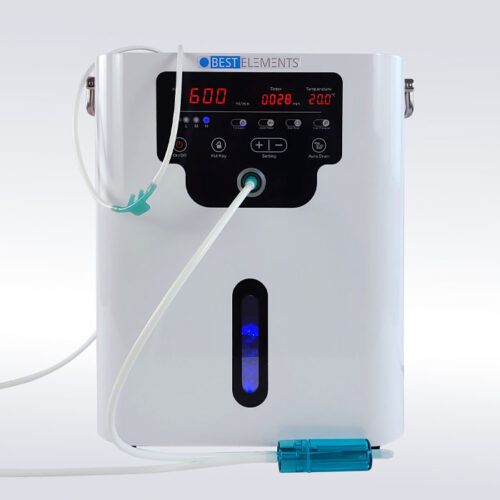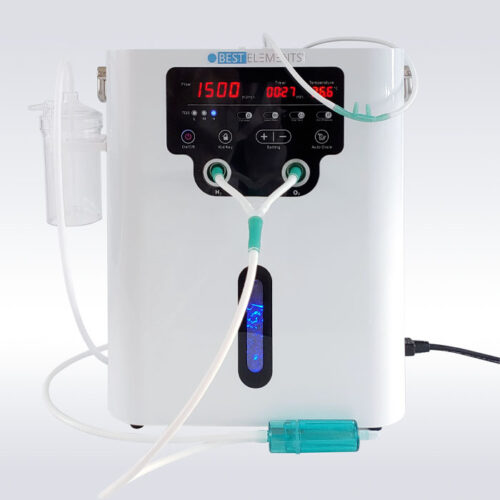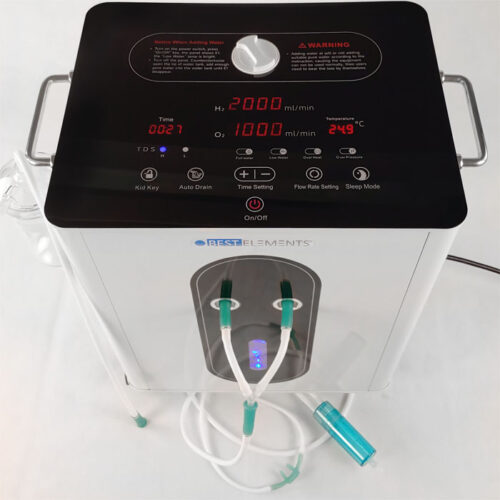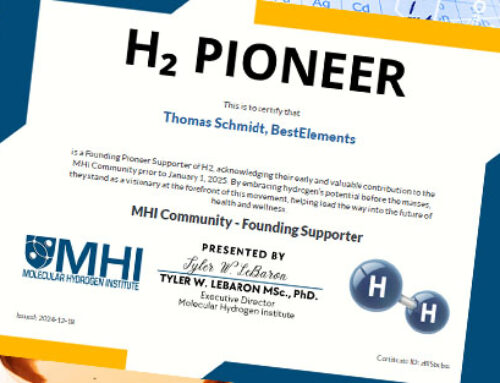Too much alkaline or an excessive, perhaps permanent, alkaline diet disturbs the healthy acid-base balance. Unfortunately, the “basic mania” in many guidebooks or health magazines unnecessarily leads to this. Constant physical and mental stressful situations and, above all, distress promote hyperacidity.
Aside from focused detoxification and toxin cleansing therapy, the administration of alkaline agents alone is an inappropriate approach. The reason for this is either the diet has to be changed to a vital diet and/or anger, fear and stress have to be resolved. Adequate supply of pure drinking water is essential in the course of deacidification therapy.
Detoxing
Detoxing is the detoxification of the body. Whereby not only too much food, nicotine or alcohol makes people fat and sick, but also the traces of chemicals in the air and water.
Symptoms of an acid-base imbalance can include loss of appetite, tiredness, lack of concentration, nausea, vomiting and poor performance. Heart rhythm disorders, blood pressure disorders, nerve disorders and lithiasis (stone formation) can also occur. Headaches, swelling of the eyelids (bags under the eyes) and face, high blood pressure, cramps, blurred vision, tiredness, restlessness, edema, drowsiness and skin disorders can also be a result. A convincing example is gout, which causes joint inflammation due to the increase in uric acid.
With increasing age, if you drink too little uncontaminated drinking water and if the body is acid overloaded, the performance of the kidneys slowly decreases. Sufficient acid compensation is then no longer easily possible.
Malnutrition, especially too high a protein content and other acid-forming foods, reduce the buffering capacity. On the other hand, too few acids are mobilized and excreted from the tissues due to lack of exercise.
Sour makes funny?
Some sour-tasting foods are converted to bases in the body, such as lemon juice and vitamin C. Sour makes funny! Symptoms that had existed for years or decades often disappeared after an individual change in diet to a predominantly alkaline diet.
The decisive factor is not whether something is alkaline or acidic, but how the respective food balances out in the body’s metabolism. A typical example of this is provided by the lemon, which is undoubtedly acidic, but ultimately has a basic balance in the body’s metabolism. With full functionality of the elimination organs (especially the kidneys, skin and lungs), the consumption of acidic foods also leads to an increase in acid elimination. A balanced mixed diet of acidic and alkaline foods ensures a balanced acid-base balance.
Acidic, neutral and alkaline foods
| Acidic | Neutral | Alkaline |
|---|---|---|
| Meat, sausage | Poultry | Sun-ripened fruits |
| Fish, Seafood | Tofu | Salad and Herbs |
| White flour products | Soy products | Sprouts, germs |
| Dairy milk | Whole grains | Seaweed |
| Hard cheese | Berries | Fruit and vegetable juices |
| Nuts | Eggs | Potatoes |
| Polished Rice | Soft Cheese | Vegetable Spreads |
| Hydrogenated fats | Cabbage, savoy | Cabbage vegetables (especially beets) |
| Sweets | Raw milk | Cold-pressed oils and fats |
| Coffee, Cola, Lemonade | Honey | Kidney Beans, Millet |
| Alcohol | Beer | Herbal tea |
Alkaline drinking water?
Just as the pH value in our blood must be constant between 7.35 to 7.45 (maximum 7.3 to 7.8), the gastric pH value must not reach the basic value preprandial. Because the task of the stomach is to split protein from food that the body needs to build and maintain our organism. This is only possible with sufficient hydrochloric acid in the stomach – and the more acidic the stomach pH value, the more bicarbonate it releases into the blood.
Sources: AKOM, excerpts from articles by specialist lecturers and therapists Martin Keymer and Michael Münch.
Hydrogen-rich drinking water against acidification and free radicals

Powerful hydrogen generators for everyday use overview
Mobile hydrogen boosters with high performance values for better personal performance
The following powerful hydrogen boosters, hydrogen filters for hydrogen-rich drinking water and hydrogen inhalers for inhaling hydrogen are very suitable for everyday use, they are certified and reliably supply our body cells with this valuable elixir of life.

